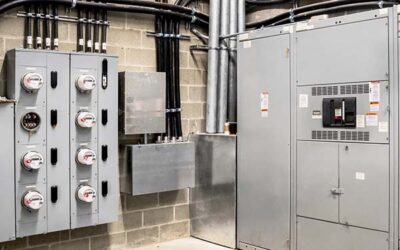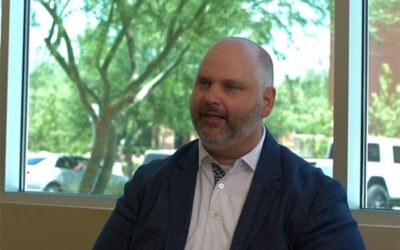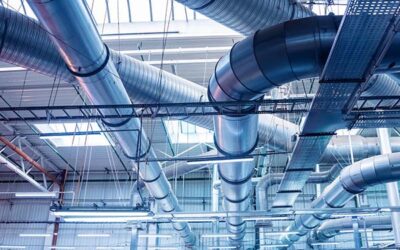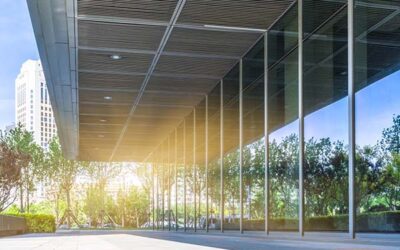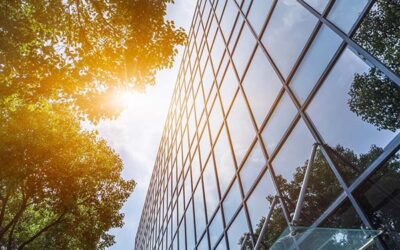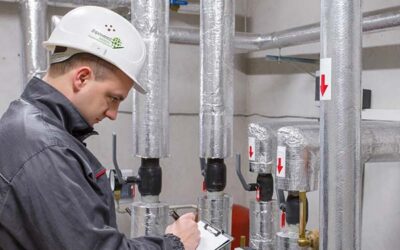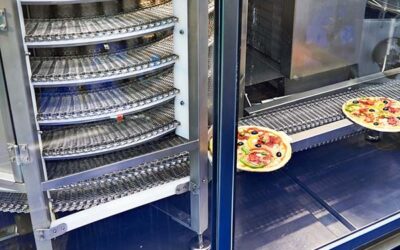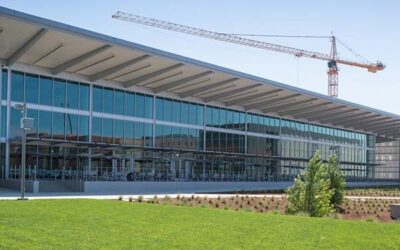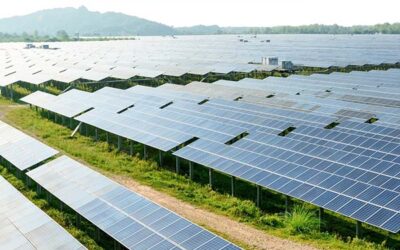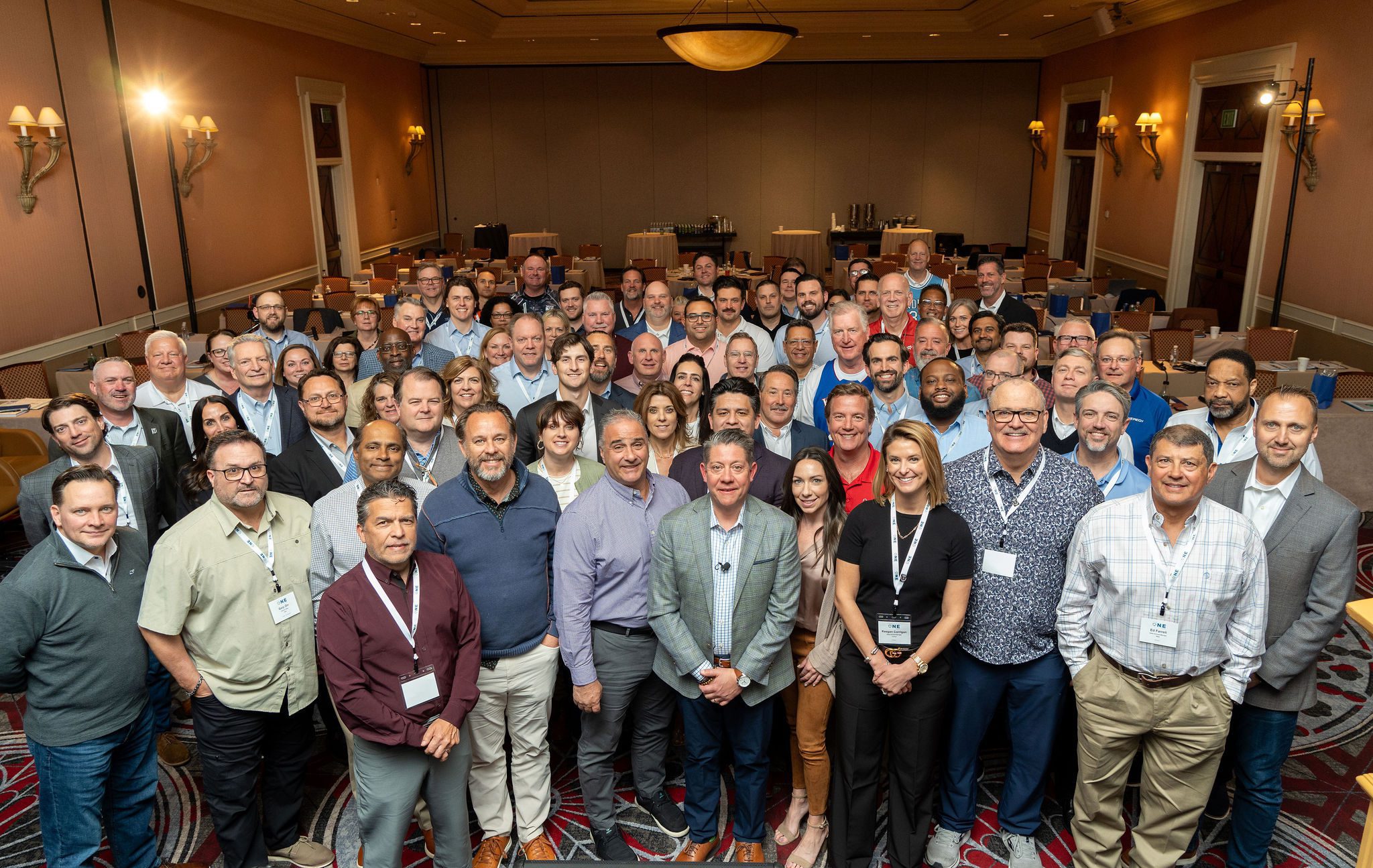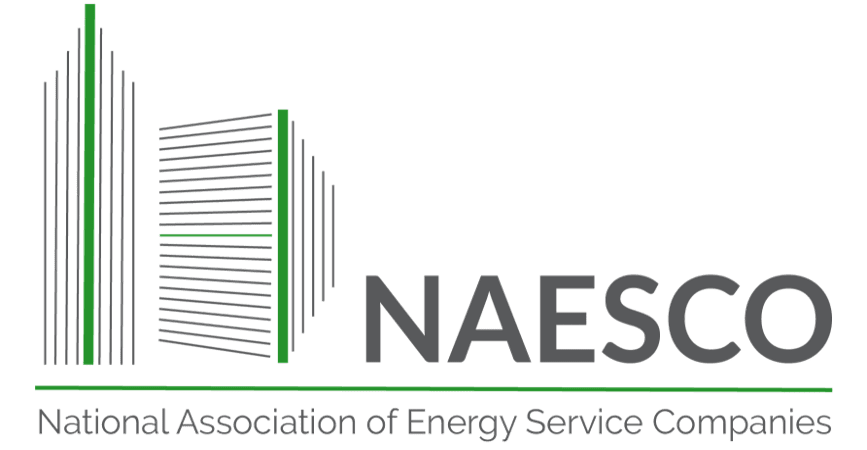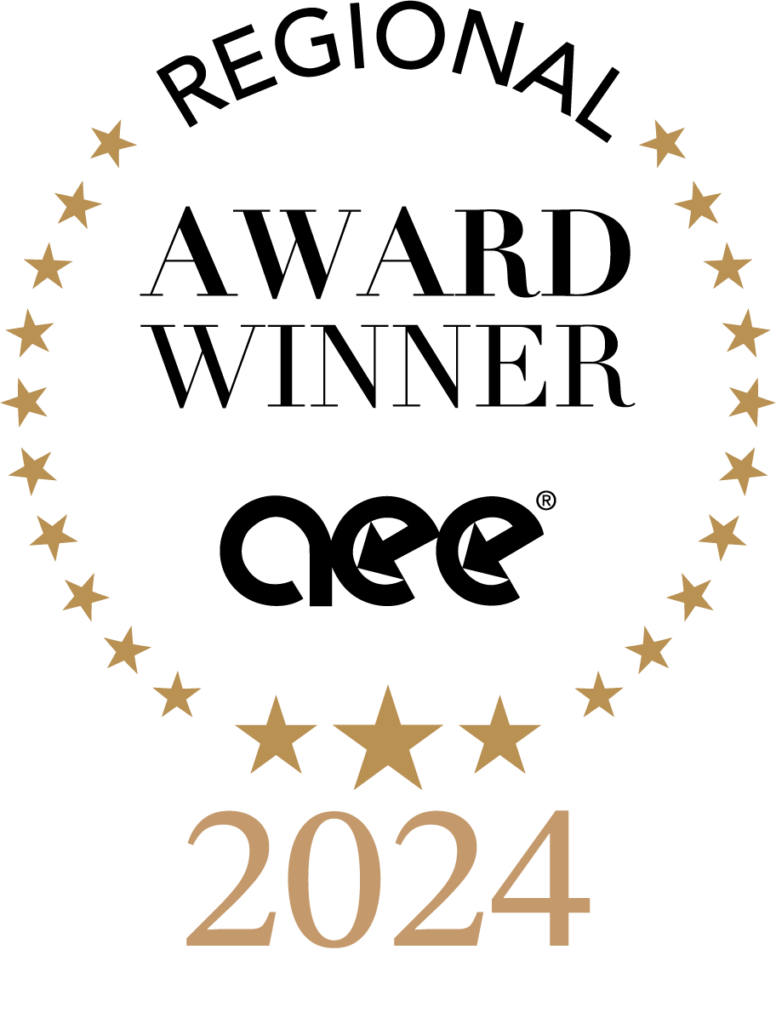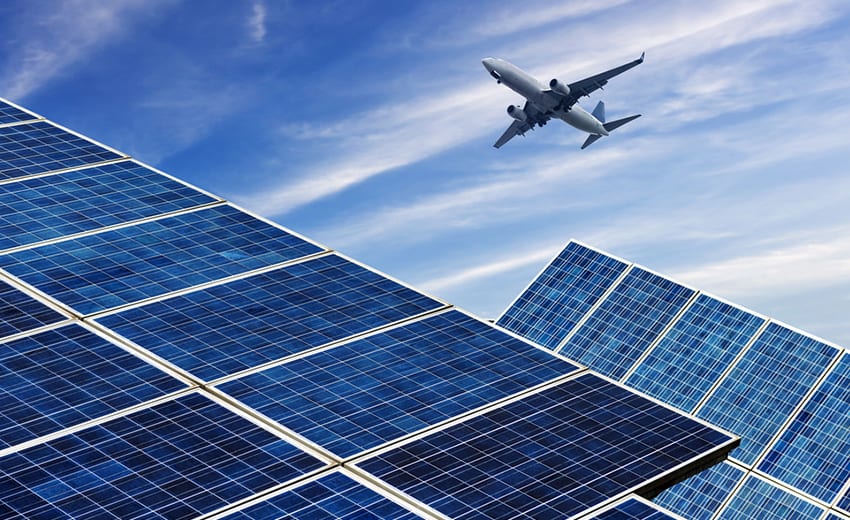Return on investment is a key driving force in most cost-related decisions. It is especially important to ensure that the investment delivers the promised performance when the...
Veregy Talks About Healthy, Safer Sustainable Environments
Watch our Veregy Team talk about Healthy, Safer, and Sustainable Environments as we battle Covid-19.
Understanding the International Performance Measurement and Verification Protocol
It’s always important to make sure that an investment delivers the promised performance. The larger the investment, the more critical performance tracking is, especially for...
What You Need to Know About LEED Zero
LEED Zero Energy is a recognized certification for achieving this rating. According to the New Buildings Institute (NBI), there are already 126 “Verified” ZE buildings submitted to NBI’s Getting to Zero Buildings Database in the USA, with an additional 523 “Emerging” (48 and 232 respectively in California).
5 Things You MUST Consider When Opening Up Your Building Post-Lockdown
Many state and local governments in the United States have put in place ‘safe reopening plans’ to guide or even govern building re-openings before occupants can get back to their previous mode of business. In addition to building safety, they also include consideration of occupant safety in relation to the coronavirus.
Getting to Know the Different Healthy Building Certifications
Even before COVID-19 and mandated social distancing, humans were spending an incredible amount of time indoors—roughly 90% of our time, in fact. All this time spent indoors has a tremendous impact on our health and wellness, but now, more than ever the quality of our building environments matters as concerns over limiting the spread of infectious diseases and maintaining air quality have prompted a closer look at the buildings in which we live, work, and operate.
Creating an Inviting Building Environment Post COVID-19
As the national press quickly captures and highlights the anxiety around built environments (note: Allen, Joseph. “Your Building Can Make You Sick Or Keep You Well.” New York Times, March 4, 2020), the good news is that there are organizations that are (and have been) working to identify standards for safer and healthier buildings that will generate greater peace of mind for tenants.
Saving Energy in Unoccupied Buildings
We know this is a difficult time for all, especially for businesses navigating the complexities of managing staff, suppliers, perhaps students, and remote access capabilities. We also know that managing your energy efficiently is likely not a top priority right now, and rightfully so, as health and safety must come first.
Measurement & Verification: Achieve Your Energy Savings Goals
New construction commissioning is often required by city or local codes, generally triggered by project size and/or systems included. New construction commissioning is also required for any project pursuing Leadership in Energy and Environmental Design (LEED) certification from the US Green Building Council (USGBC).
Maximizing Spiral Freezer System Efficiency in Frozen Foods Production
Unlock the full potential of your industrial spiral freezer system and achieve persistent energy savings year after year, while improving or maintaining the quality of food products being produced.
What is New Construction Commissioning?
New construction commissioning is often required by city or local codes, generally triggered by project size and/or systems included. New construction commissioning is also required for any project pursuing Leadership in Energy and Environmental Design (LEED) certification from the US Green Building Council (USGBC).
What is An Energy Action Plan?
Here are some of the popular strategies recommended by Energy Action Plans.
Energy Efficiency: Core strategies for almost every EAP. Actions for energy efficiency can include improving building standards and offering public incentive programs for home efficiency measures. For meeting EAP goals, energy efficiency strategies are often the best in terms of cost-effectiveness, reliability, and sustainability.

